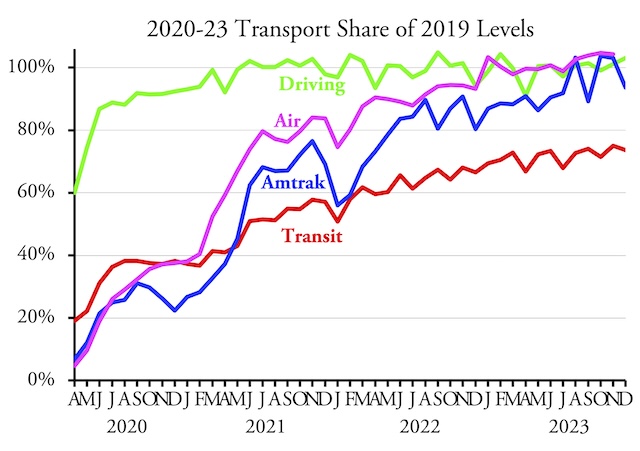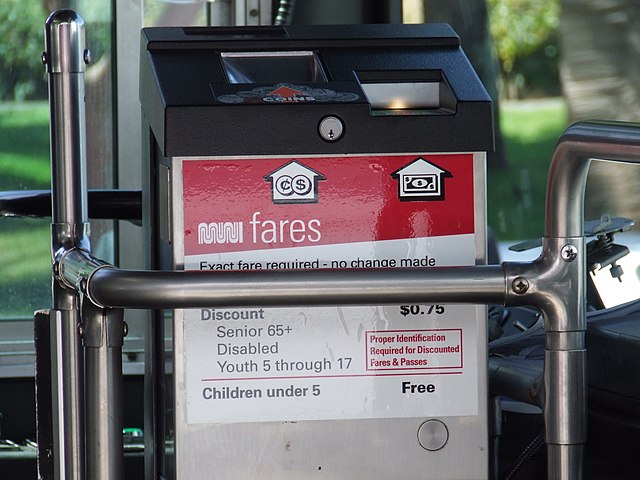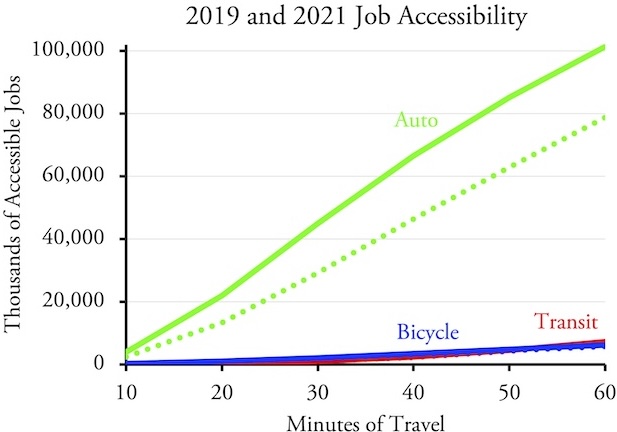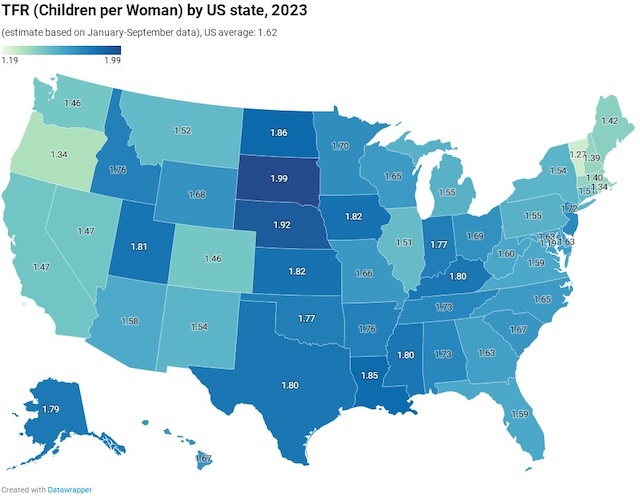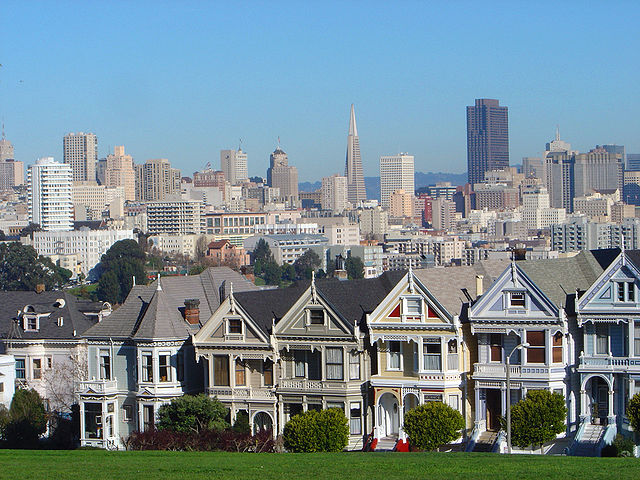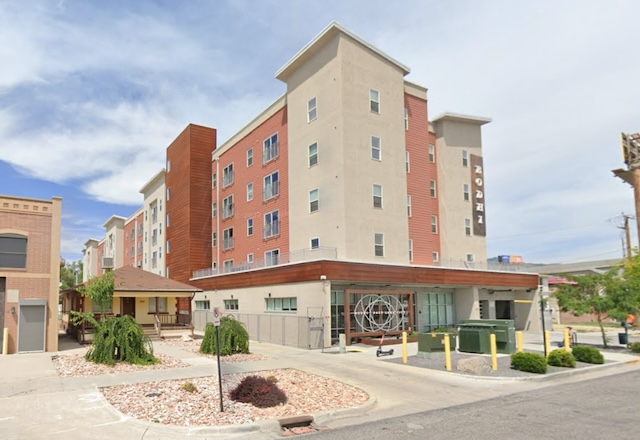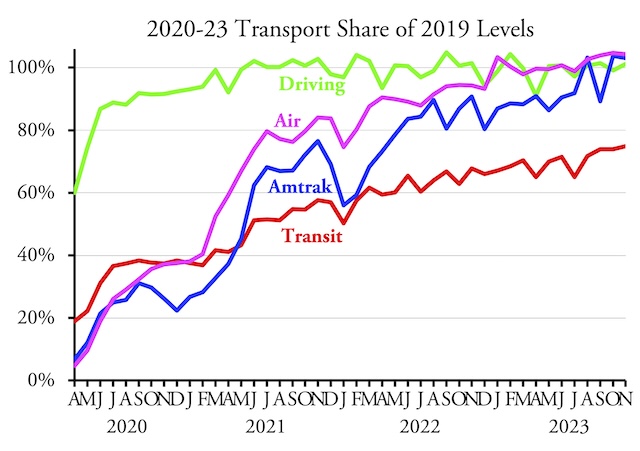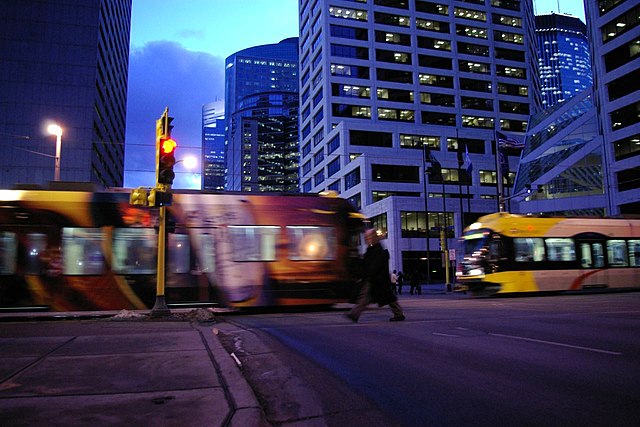The Department of Agriculture’s latest Census of Agriculture has generated new fears about “disappearing farm lands.” The census found that the United States had 22 million (2.8 percent) fewer acres of farm lands in 2022 than in 2017 and 40 million (4.3 percent) fewer acres than in 2012. The census is conducted every five years in years ending in a 2 or a 7.
Oregon Public Broadcasting responded to the release by reporting that “Oregon continues to lose farmlands” which “raises red flags for some agricultural land conservation advocates.” However, a closer look at available data is needed before panicking. Continue reading


